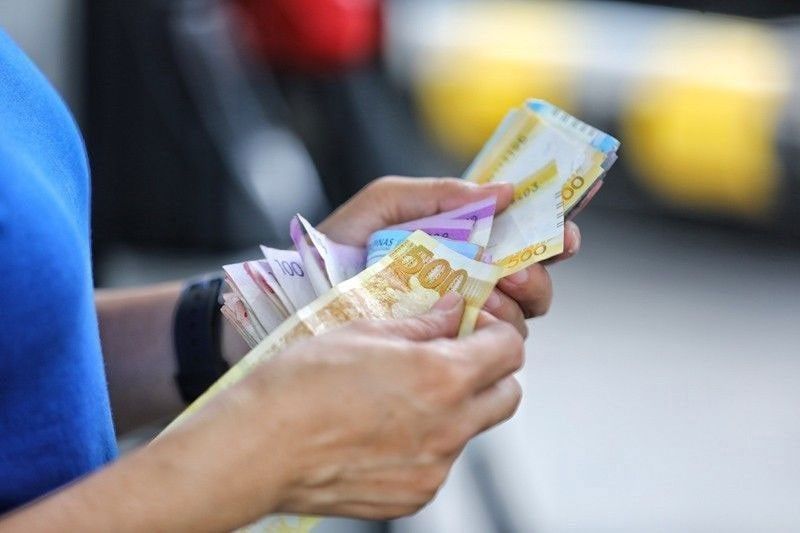Rate hikes favorable for Philippine banks, says Fitch

MANILA, Philippines — The current monetary policy tightening cycle in Asia-Pacific is favorable for Philippine banks, but is not expected to result in a significant decline in credit growth and asset quality, according to Fitch Ratings.
In a report, the debt watcher said the rising interest rates would be mildly favorable and would have revenue upside for banks operating in the Philippines.
Likewise, Fitch said the series of rate increases by the Bangko Sentral ng Pilipinas (BSP), as well as other central banks, would have moderate impact on the asset quality deterioration of Philippine banks.
The BSP has so far increased key policy rates by 125 basis points, bringing the overnight reverse repurchase rate to 3.25 percent from an all-time low of two percent to curb rising inflationary pressures.
On top of the back-to-back 25-basis-point increases on May 19 and June 23, the central bank delivered a huge 75-basis-point hike during a surprise off-cycle rate-setting meeting on July 14.
BSP Governor Felipe Medalla said the Monetary Board could again hike rates by another 25 to 50 basis points on Aug. 18.
Fitch said it expects the BSP’s key policy rate to reach four percent by end-2023.
It also said the current monetary policy tightening cycle will generally support bank credit profiles in Asia to the extent that higher interest rates lift net interest margins.
Fitch said the Philippines has one of the most liquid banking systems in the region, and a high portion of rate-sensitive current account and savings account deposits gives banks strong ability to manage deposit costs.
“On the other hand, changes in the policy reverse repo rate have not historically been fully passed through to bank lending rates,” it said.
According to Fitch, asset-quality exposures appear well contained, but there could still be risks after a long period of supportive monetary policy that has contributed to rising leverage and asset prices in many markets.
“The loan/deposit ratio looks to have bottomed out in early 2022, and the deployment of excess liquidity into higher yielding loans is poised to augment interest incomes, although persistent inflation could dampen the pace of loan growth,” it said.
Jose Teodoro Limcaoco, president and CEO at Ayala-led Bank of the Philippine Islands, said banks’ net interest margins (NIMs) are expected to increase further with the latest rate hike by the BSP.
“The recent 75 basis points increase was just about two weeks ago… Many of the loans were repriced over the next month to three months and therefore we should see further increases in our NIMs as we move forward,” Limcaoco said.
According to Limcaoco, a 25-basis- point rise in interest rates translates to an eight-basis-point increase in NIMs on an annualized basis.
BPI executive vice president and consumer banking head Maria Christina Go told reporters that the rise in interest rates would not drastically change the growth in loan demand.
“We don’t think that the increase in interest rates will drastically change demand. Currently, this is still very well situated and we are monitoring this closely,” she said.
Go said the housing loan releases by the 171-year-old bank jumped by 48 percent, while auto loans grew by 29 percent.
“This is really a very good sign that consumer spending or consumer confidence is back. Again these initial green shoots allow us to provide greater traction in the ensuing months as we continue to monitor the impact of interest rates in our loan books,” Go said.
Racheleen Rodriguez, analyst at Malaysian financial giant Maybank, said the bank is expecting bank lending to grow by four to 12 percent this year and by nine to 13 percent next year.
“We do see historical data that once the BSP hikes rates above the four percent level that is when lending growth starts to recede, but at the four percent level most of the borrowers could still be able to absorb this type of lending rates such that we don’t see any slowdown in lending,” Rodriguez said.
Latest data showed that credit growth accelerated to a two-year high of 12 percent as loan disbursements reached P10.19 trillion in end- June - from P9.1 trillion in end- June last year.
- Latest
- Trending

























